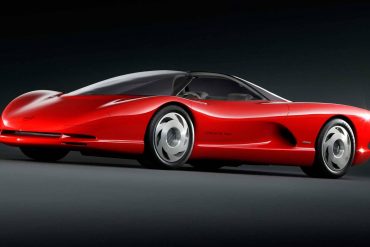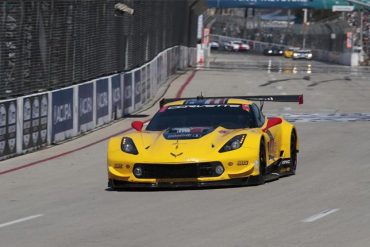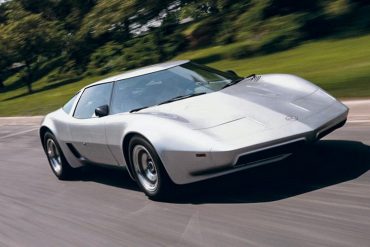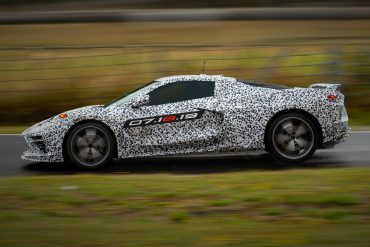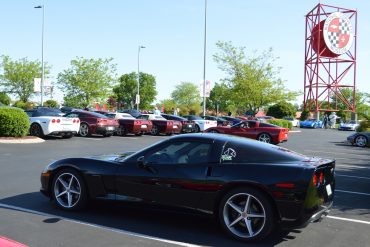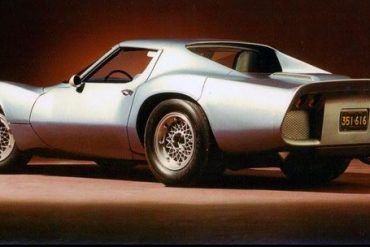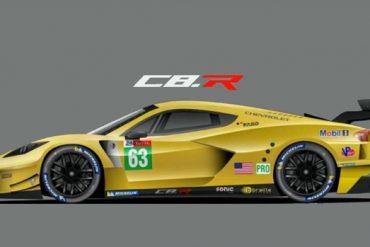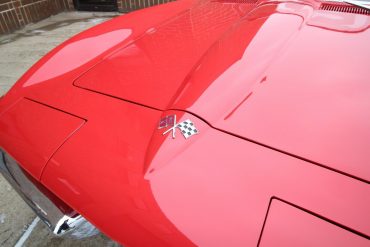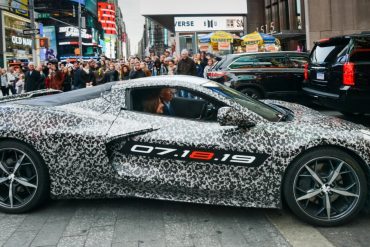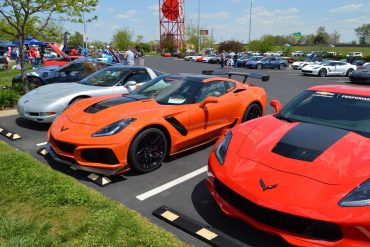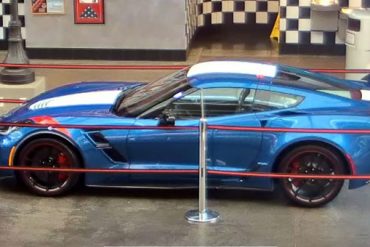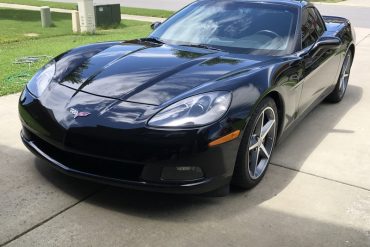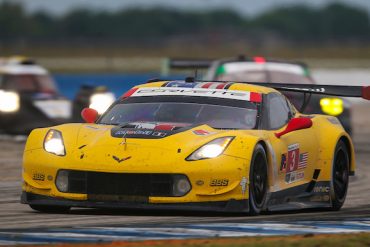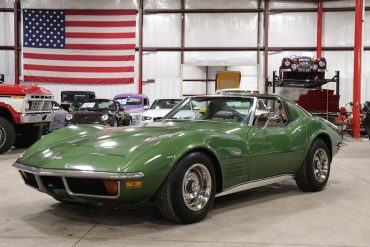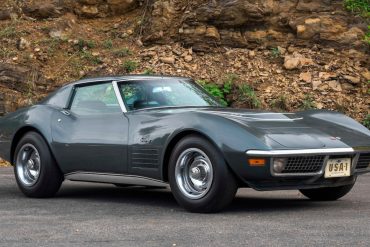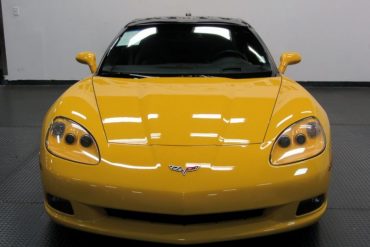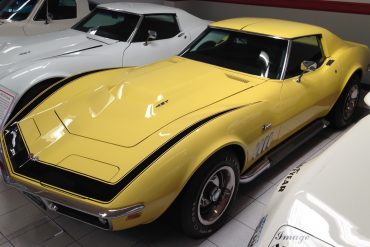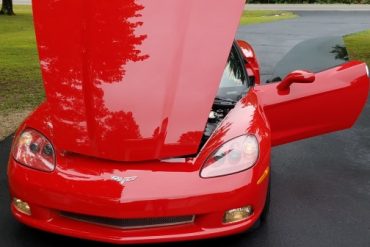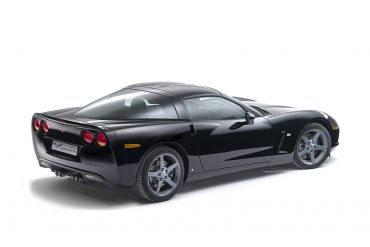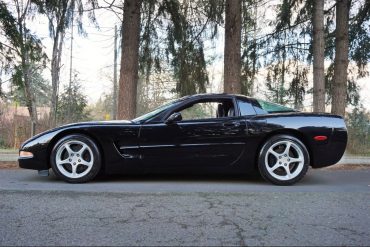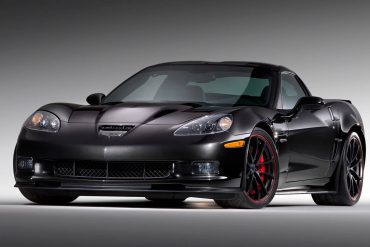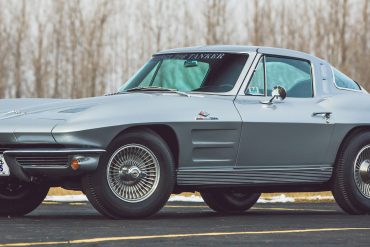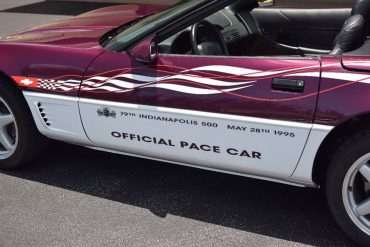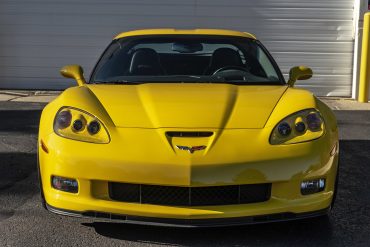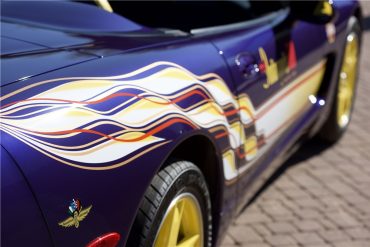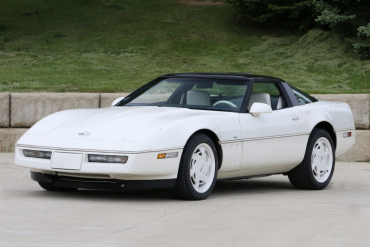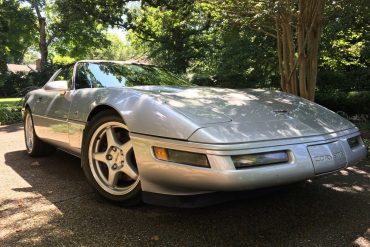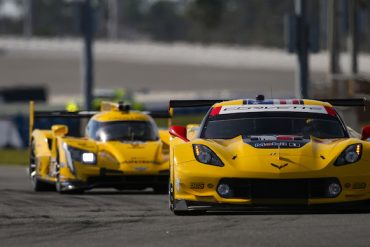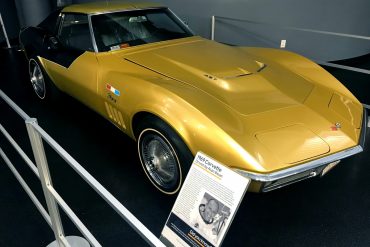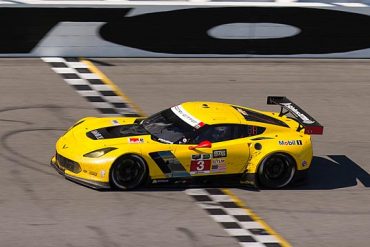Mid-Engine Prototypes: The 1985 Corvette Indy Concept, The 1986 Corvette Indy and the 1990 CERV III Since the introduction of...
JoinedMarch 10, 2017
Articles698
Comments31
Since he was a boy, Scott has had a love affair with cars - and sports cars in particular. His fascination with speed and fast cars was first fueled by his grandfather, who would frequently take him to car shows or to the local track. In college, Scott studied automotive technologies, and would spend his formative years working for a Chevy dealership. He has authored several books and is the founder of CorvSport.
CORVETTE RACING AT MID-OHIO: Garcia, Magnussen Back on the Podium LEXINGTON, Ohio (May 6, 2018) – Jan Magnussen and Antonio Garcia...
The Chevrolet Aerovette (originally designated Experimental Project XP-882) was developed in the late 1960's under the watchful eyes and mind of Zora Arkus-Duntov. Unlike the XP-819, which ultimately proved to have too much rear weight bias, Duntov focused on developing the Aerovette as a mid-engine platform.
We Now Know the When and the Where of the Mid-Engine Corvette We’ve known about the mid-engine Corvette’s big reveal...
The 2019 NCM Bash Has the Usual Fare – and a Few Surprises! Saturday, April 27, 2019 – As we...
The XP-819 Corvette prototype was introduced in 1964 by Frank WInchell and Larry Shinoda as the first, experimental, rear-engine Corvette coupe. The XP-819 was developed in the mid-1960's as an engineering exercise to determine if a rear-engine platform was right for the Corvette program. During that time, Chevrolet was still under a racing ban.
The C8.R Corvette Will Make Its Debut at the 2020 24 Hours of Daytona – and We Can’t Wait! Since...
For Your Consideration – Corvette Deals of the Week Summer is just around the corner which means just one thing...
Earlier this week, Corvsport.com (along with everyone else) shared the announcement that Chevrolet had finally confirmed the existence of their...
THE 2019 NATIONAL CORVETTE MUSEUM BASH SPONSORED BY MICHELIN RETURNS APRIL 25-27, 2019 Each year, the National Corvette Museum, located...
The National Corvette Museum Celebrates It’s 12,000th Corvette Delivery In the April/May/June issue of America’s Sports Car (A Publication of...
Disconnect your Corvette’s Battery? Then You Need To Be Aware About GM OBDII Driving Cycles If you own a late-model...
A VALIANT EFFORT AT SEBRING LANDS NO. 3 CORVETTE ON PODIUM Its been awhile since we provided an update on...
For Sale: A “Lucky Green” 1972 Corvette Coupe As today is St. Patrick’s Day, we felt it only fitting that...
Did you know that the earliest ZR1 Corvettes came into existence long before any of these later iterations? If not, then take a few minutes to acquaint yourself with one the rarest small-block production Corvettes of all time - the 1970-1972 Corvette ZR1. From 1970 to 1972, Chevrolet offered the ZR1 Special Engine Package, which featured a small-block LT1 engine.
For Sale: A Used 2005 Corvette With Low Mileage We are pleased to present this 2005 Chevy Corvette Coupe for...
In 1969, Chevrolet changed the perception of Corvette forever by introducing the ultra-powerful ZL-1 Corvette with a 427 CI engine producing 585 horsepower! The 1969 ZL-1 Corvette came equipped with an entirely new big-block engine option that produced more horsepower than any Corvette that had come before it. Any Corvette, when ordered with RPO ZL1, came fitted with an all-aluminum 427 C.I. engine that featured a dry-sump oil system and which weight approximately 100 pounds less.
For Sale: A Well-Equipped, Low-Mileage 2007 Corvette Coupe For several years now, Corvsport.com has showcased cars that we’ve found for...
To celebrate the success of the Corvette Racing program, especially at the prestigious 24 Hours of Le Mans race, Chevrolet made the decision to manufacture a limited number of special-edition Corvettes that would be sold exclusively in Europe. This special-edition car was limited to just 250 units and marketed to European consumers as the Victory Edition Corvette.
For Sale: A Well-Equipped 1998 Chevrolet Corvette with 6 Speed Manual Transmission If you’ve ever considered purchasing a reliable, reasonably-priced...
The Centennial Edition came finished exclusively in a Carbon Flash Metallic finish with satin-black graphics. Special badging graphics signifying Chevrolet’s racing history, including an image of Louis Chevrolet on the B-pillars, were added as accents to the cars finish. The wheels were also finished in satin black. All models also received red brake calipers. The exterior color scheme of the Centennial Edition Corvette is reinforced inside the car.
The first Z06 was actually an option package first offered with the 1963 Corvette. The package was developed by Corvette's legendary lead engineer and racing advocate Z0ra Arkus-Duntov. The Z06 option was designed to allow consumers to bolster the 1963 "Split-Window" Corvettes performance and handling capabilities for use on the race track. Selecting regular production option (RPO) Z06 when ordering a Corvette resulted in a car equipped with some tasty options.
The actual Corvette Pace Car that served at the 79th running of the Indianapolis 500 was a near-stock LT1 Corvette Convertible, except for the mandatory safety features that were required by the Indianapolis Motor Speedway. The Official Pace Car cam equipped with strobe lights, a special roll-bar, five-point safety harnesses for the driver and passenger and an on-board fire suppression system. Chevrolet built just three of the actual pace cars.
For Sale: A 2006 Corvette Z06 With Ultra-Low Mileage! Our friends over at Bringatrailer.com frequently list some amazing Corvettes on...
While it was not the rarest Corvette Pace Car Replica ever manufactured by GM, the 1998 Chevrolet Corvette Pace Car Replica was – and remains – one of the most desirable pace car replicas ever made. This is primarily due to the fact that this replica is nearly identical to the actual pace cars that were used during the 1998 Indianapolis 500. It was fitting given that 1998 also marked the brand's 20th anniversary as "Official Pace Car" of this momentous race.
While not exactly a "collector's edition" Corvette in its own right, it nonetheless has become a uniquely identifiable and collectible Corvette from the fourth-generation era. 1988 marked the 35th anniversary for Corvette, and so it was decided that Chevrolet should commemorate the milestone by introducing an anniversary-edition model. This anniversary car was the first of its kind in a decade, given that Chevrolet opted not to manufacture a Corvette in 1983.
This 1996 Collector’s Edition Corvette For Sale on Ebay Looks Like a Great Buy Few fourth-generation Corvettes are more desirable...
Heavy Rain and Electrical Problems Caused Issues for Corvette Racing – But Did Not Keep Them From Finishing! DAYTONA BEACH,...
The NCM’s “From Gas Station to Space Station” Features Corvettes Owned by Some of America’s Greatest Heroes! On July 20,...
Facts and Figures from Corvette Racing’s Impressive History at Daytona If you’ve been a fan of Corvsport.com for any length...


